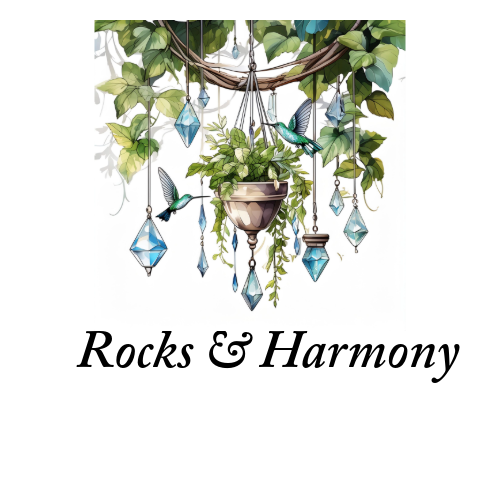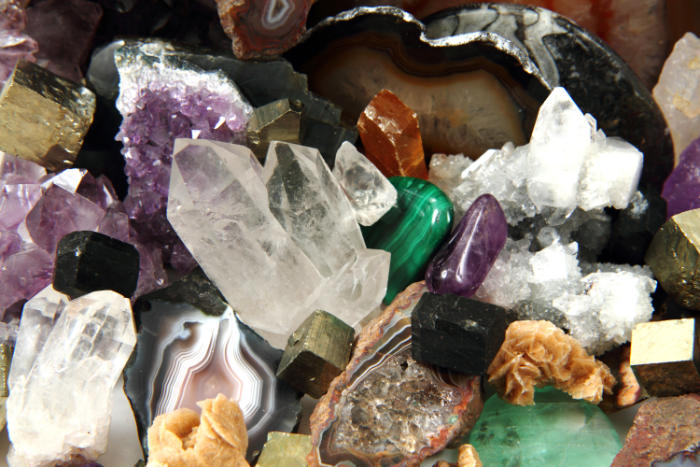The terms rocks, minerals, gems, stones and crystals are often used interchangeably. Are they all different names for the same thing?
- Rocks
- Minerals
- Gems
- Crystals
What is a Rock?
By definition, a rock is a solid organic mass that contains minerals. There are three types of rocks
- igneous
- sedimentary
- metamorphic.
Layers of sediment bind together to create a sedimentary rock. In Latin igneous means fire, so it is fitting that igneous rock is formed from molten rock that crystallizes. A well-known igneous rock in the crystal world is Obsidian.
Minerals
Minerals are inorganic solids that occur naturally. To be classified as a mineral, the stone has a definite chemical composition arranged in a particular way.
What is a Gem?
A gem can be a crystal, mineral or rock. Gems are precious or semi-precious stones. Some examples of gems include quartz, beryl, diamonds, and opals. There are some exceptions to this rule.
Exceptions to the Rules
Nearly all gemstones are minerals, with the exception of Amber and Pearls.
Amber is a gemstone, but not a mineral. Amber takes millions of years to form. Resin forms when a tree is damaged. Amber is the result of this resin fossilizing over millions of years.
A pearl is a gemstone, but not a mineral. Pearls are formed from the actions of an oyster. Pearls do not possess a distinctive crystal structure definition.
What are Crystals?
Crystals have intrigued people for centuries. A mineral with a symmetrical, three-dimensional lattice pattern is a crystal. Crystals have a repetitive structure. There are seven common lattice patterns found in crystals.
Isometric
Isometric crystals have a cubic structure. These crystals have three directions between the sides that are all the same length. Examples of crystal with a isometric pattern include diamonds, fluorite, lapis lazuli, sodalite, pyrite, rubies, and gold. Isometric patterned crystals are often used to amplify energy.
Hexagonal
Crystals with a hexagonal structure include tourmaline, quartz, calcite, and apatite. Aids in manifestations.
Trigonal
Crystals with a trigonal structure includes amethyst.
Orthorhombic
Orthorhombic patterned crystals include peridot, tanzanite, and topaz. Use this type of minerals as cleansing aids.
Triclinic
Examples of a triclinic mineral include Amazonite, Aventurine, turquoise, Kyanite, labradorite. Energy healers believe this type of mineral wards of energies.
Tetragonal
Tetragonal crystals has a rectangular structure. One side is longer than the other two sides. Examples of crystals with a tetragonal structure includes zircon and scapolite.
Monoclinic
Protective crystals are can be found in the monoclinic patterned crystals.
History of Crystals & Crystal Healing
Many associate crystal healing with a New Age movement. There is however, nothing new about crystal healing. Many ancient civilizations valued crystals as a way to protect the wearer from evil.
Religious ceremonies included the use of crystals. Ancient civilizations revered them as a symbol of power, protection or love. Native American healers used things found in nature such as crystals in conjunction with herbal remedies to heal ailments. The history of healing crystals goes back thousands of years.

